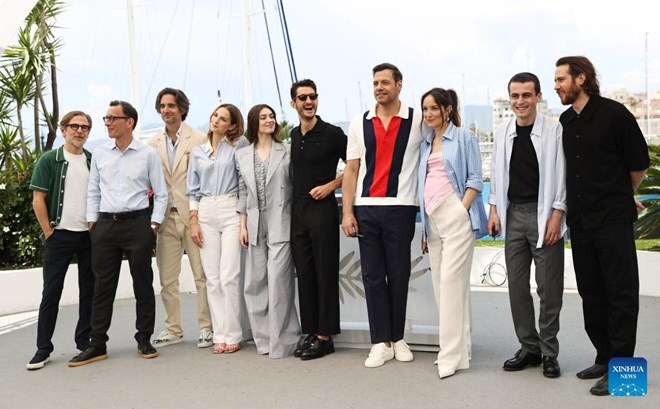
In early 19th-century India, faced with the arid and rocky terrain of the native region, with sparse vegetation clinging to the rugged hillsides, the iconic red uniforms of the British Army made them conspicuous and easy to spot. For the first time, the British Army had to consider how to be less conspicuous to avoid attracting attention.
“The 19th century was a period of small colonial wars, and the British army learned a lot from the sidelines,” says Jane Tynan, cultural historian and author of “An Army Uniform” and “The First World War: Men in Khaki.” “They knew a lot about uniforms and how to make their strategy more effective, which was to use uniforms as an integral part of their fighting on the battlefield.”
The solution lay in khaki, a light brown color that evokes the drab surroundings of British soldiers occupying India during colonial times. In fact, “khaki” is an Urdu word—one of India’s 22 official languages—that simply means “dust-colored.”
Khaki was the first camouflage technology to be applied on a large scale to military uniforms. Tim Newark, author of Brassey's "The Uniform Book," called khaki “the biggest change for the future of military uniforms.”
In its 176-year history, khaki continues to be a popular military uniform, while also becoming a favorite fashion for young people and businessmen, according to National Geographic.
From soldier to college student
The first to use khaki as a military uniform was Harry Lumsden, founder of the British Scouts, and his deputy, William Hodson. The Scouts were founded in 1846 during the monopoly of the British East India Company, and were composed of Indian soldiers who would serve as scouts and combatants for the British Indian Army. In 1848, William Hodson announced that he would make his troops invisible in the dusty Indian landscape.
Khaki was originally made by dyeing white cotton with native mud. Around the turn of the 20th century, the military began using dyed cloth from England. During this period, England imported cotton mainly from America and its colonies in India and Egypt.
Khaki military uniforms were the first widely used tactical camouflage. The fabric was thinner and lighter than wool, making it suitable for use in hot climates. In 1897, khaki became the official uniform of all British troops overseas. Other armies soon adopted khaki as uniforms, including the US Cavalry in the Spanish-American War and South African soldiers in the Boer War.
Khaki fabric comes in a range of basic tones from cream, tan, light brown and blue grey and was commonly used during World War I and World War II.
Not only the military, this period also began to be known and used by the people, most commonly khaki clothes for farmers and miners as well as for leisure activities: Tennis, golf, hiking and camping. In the early 20th century, the image of khaki-clad explorers emerged , exploring unexplored lands, studying new cultures and conquering wild nature.
The striking image of this khaki outfit caught the attention of the public, who began to look for ways to imitate the explorers' clothing. In America, khaki became increasingly popular among the working class and outdoor enthusiasts such as former President Teddy Roosevelt.
According to historian Tracey Panek, archivist of the world's oldest jeans company, Levi Strauss, the company began introducing khaki clothing suitable for outdoor activities in the 1910s. Levi Strauss continued to create khaki products that attracted American veterans and college students, and later launched a khaki pants brand called Dockers - starting a business revolution in casual fashion in the 1990s.
Casual khaki fashion permeated the 20th century and was popular with manual workers, businessmen and students, however khaki always retained its distinctive military symbolism.
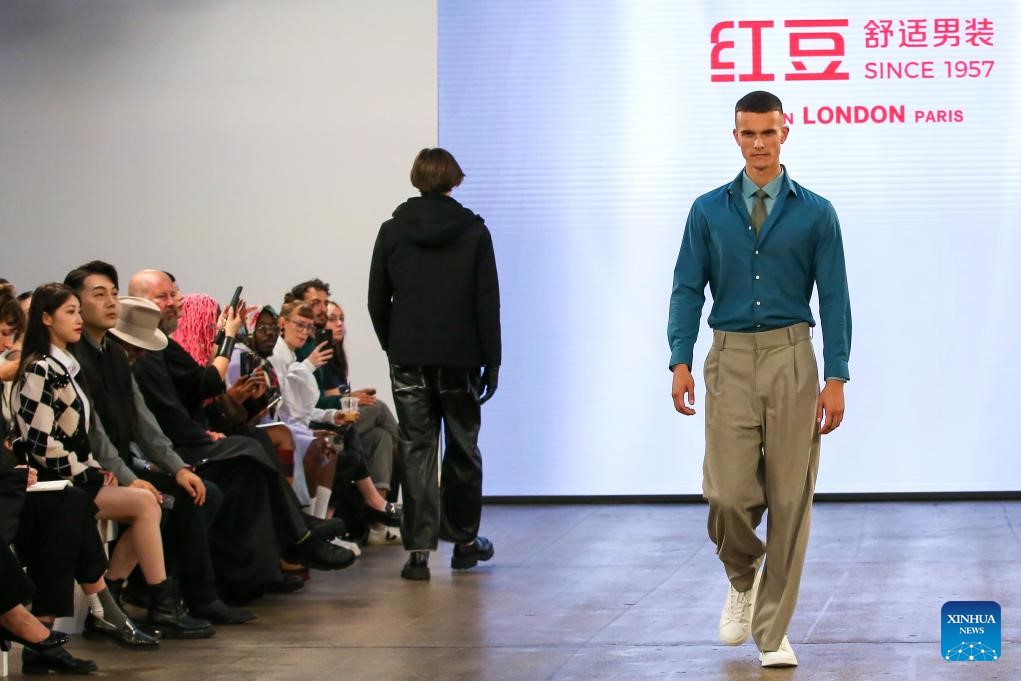
The fashion legacy of the first khaki-wearing soldiers
Today, historians are reminiscing about the once iconic khaki suit.
Historian Tynan says the khaki outfits worn by mid-century explorers were reminiscent of colonial-era military and police uniforms.
“When I see those figures, those early 20th-century anthropologists and explorers wearing khaki, I think it evokes a time in the past,” Tynan said.
Fashion and climate activist Céline Semaan has observed that the popularity of khaki clothing is linked to the military, explaining: “There is this idea that khaki, military boots, bomber jackets, camouflage pants and all that stuff is a symbol of freedom and power. It really becomes an aspiration for the public to see the military as cool and fashionable, and they want to be like that.”
Source: https://laodong.vn/lao-dong-cuoi-tuan/su-ra-doi-chiec-quan-mau-bui-duoc-ca-the-gioi-ua-chuong-1353023.ldo








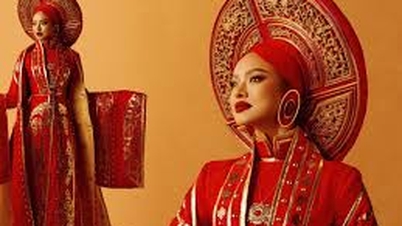




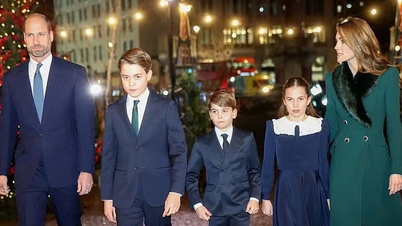
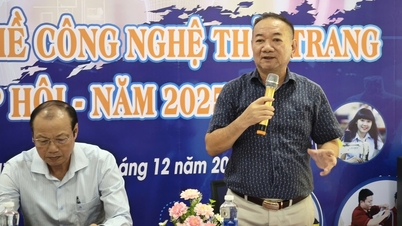
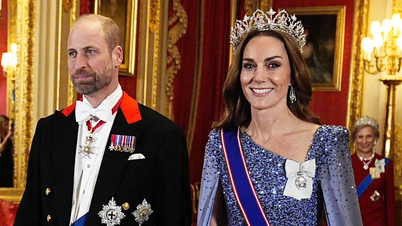
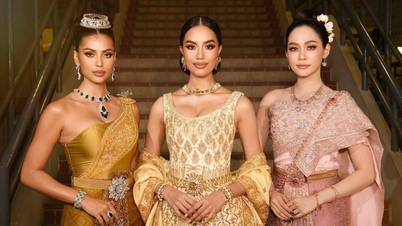

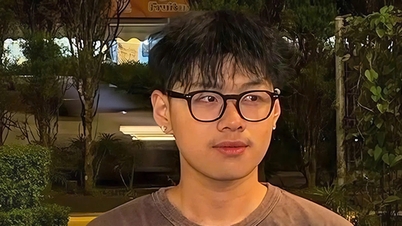

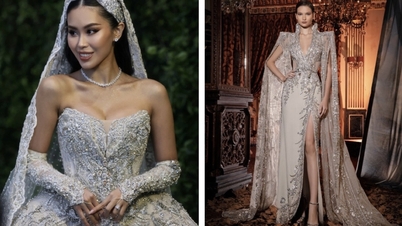

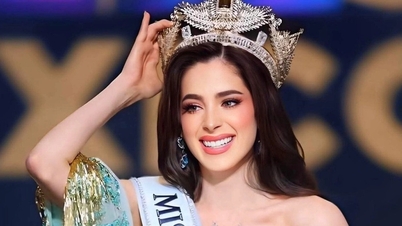
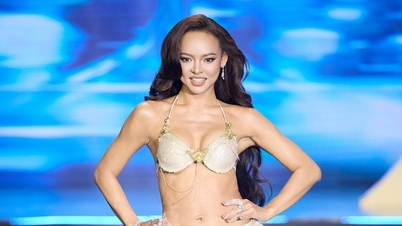
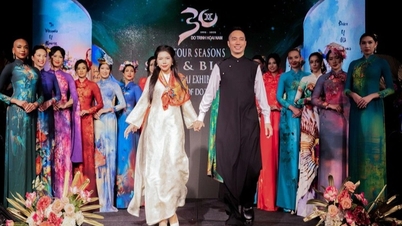




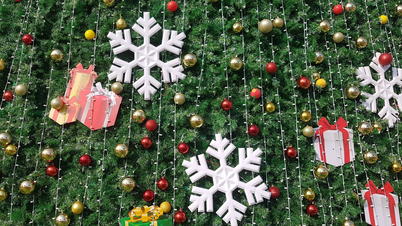
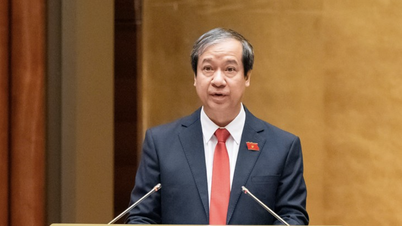
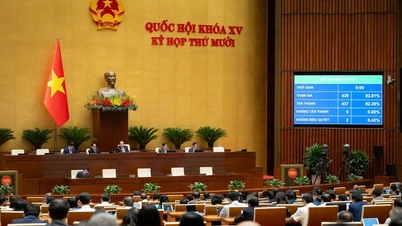
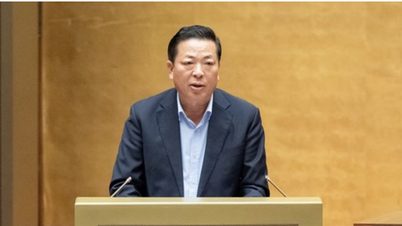
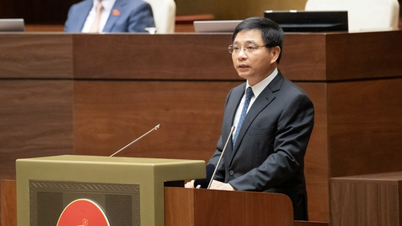
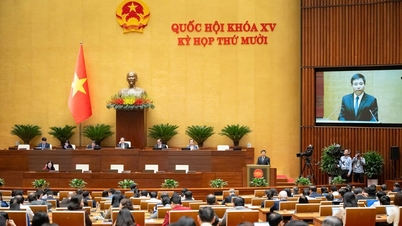


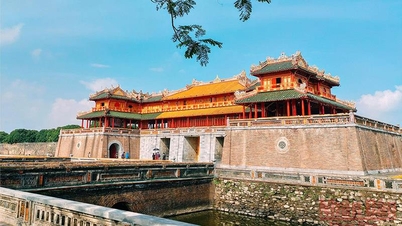


![[Video] The craft of making Dong Ho folk paintings has been inscribed by UNESCO on the List of Crafts in Need of Urgent Safeguarding.](https://vphoto.vietnam.vn/thumb/402x226/vietnam/resource/IMAGE/2025/12/10/1765350246533_tranh-dong-ho-734-jpg.webp)

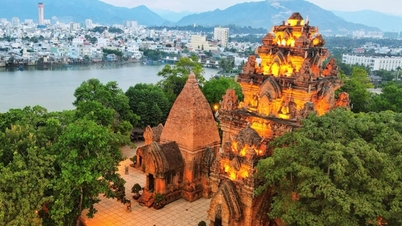



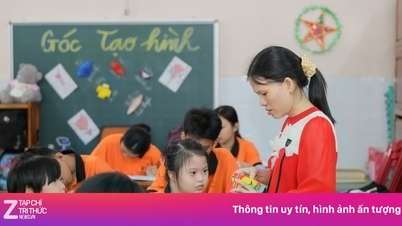

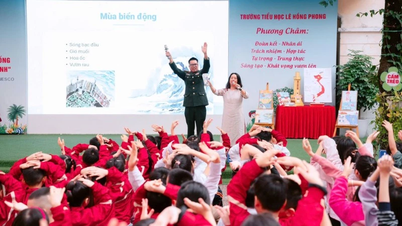


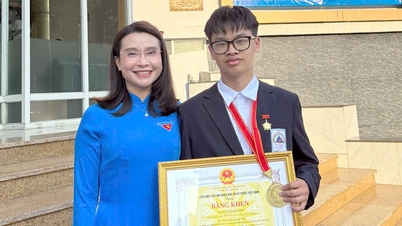


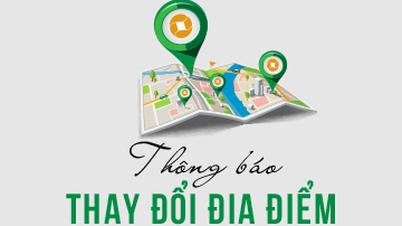
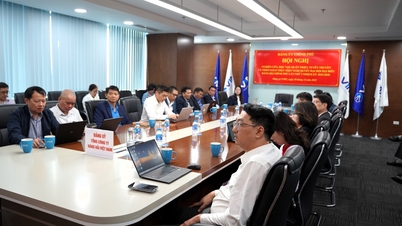

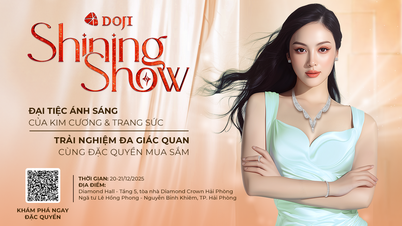









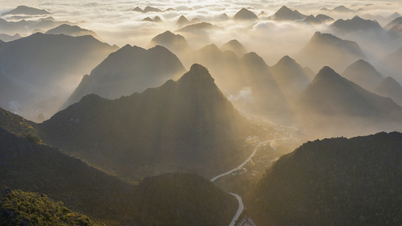


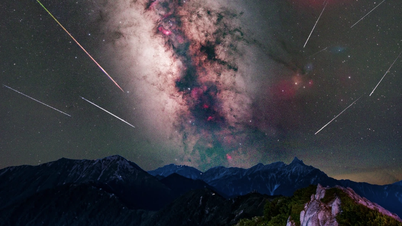

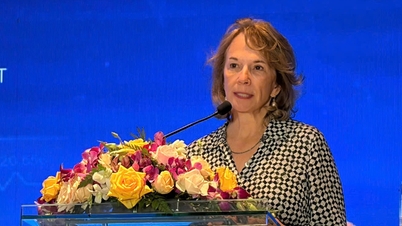


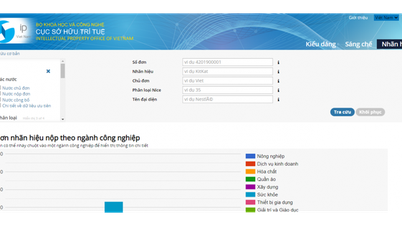
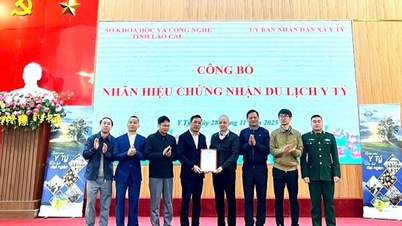
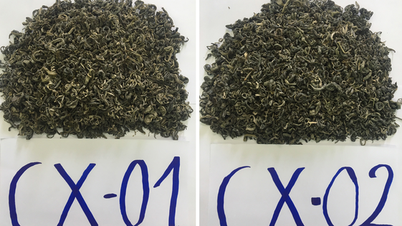
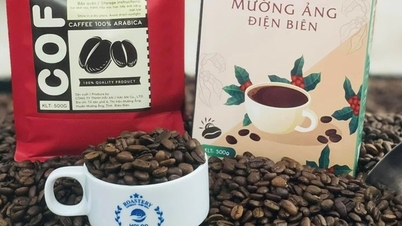
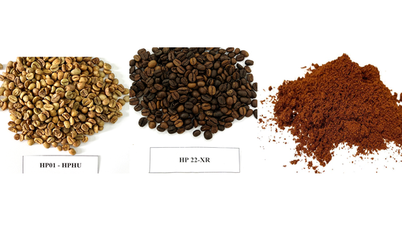
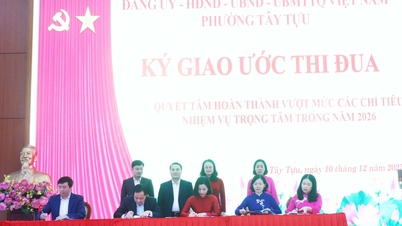
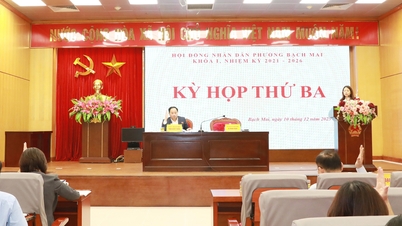
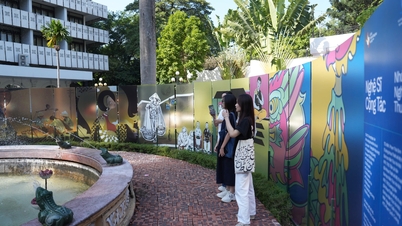

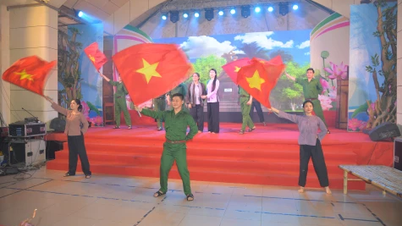

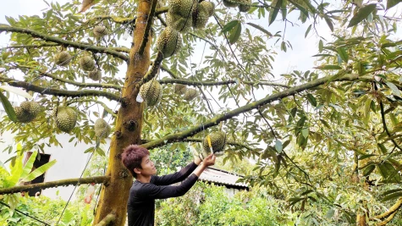












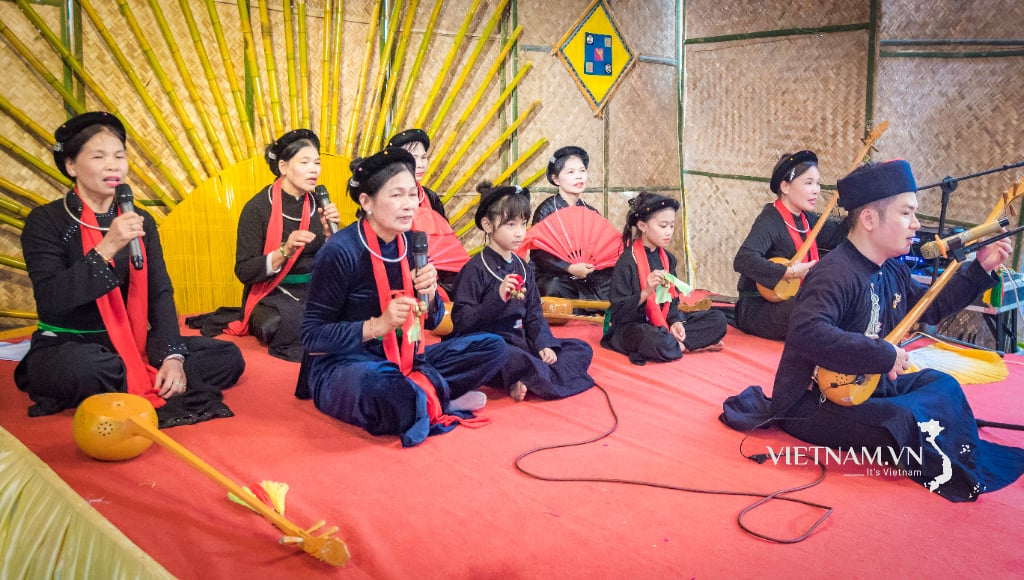
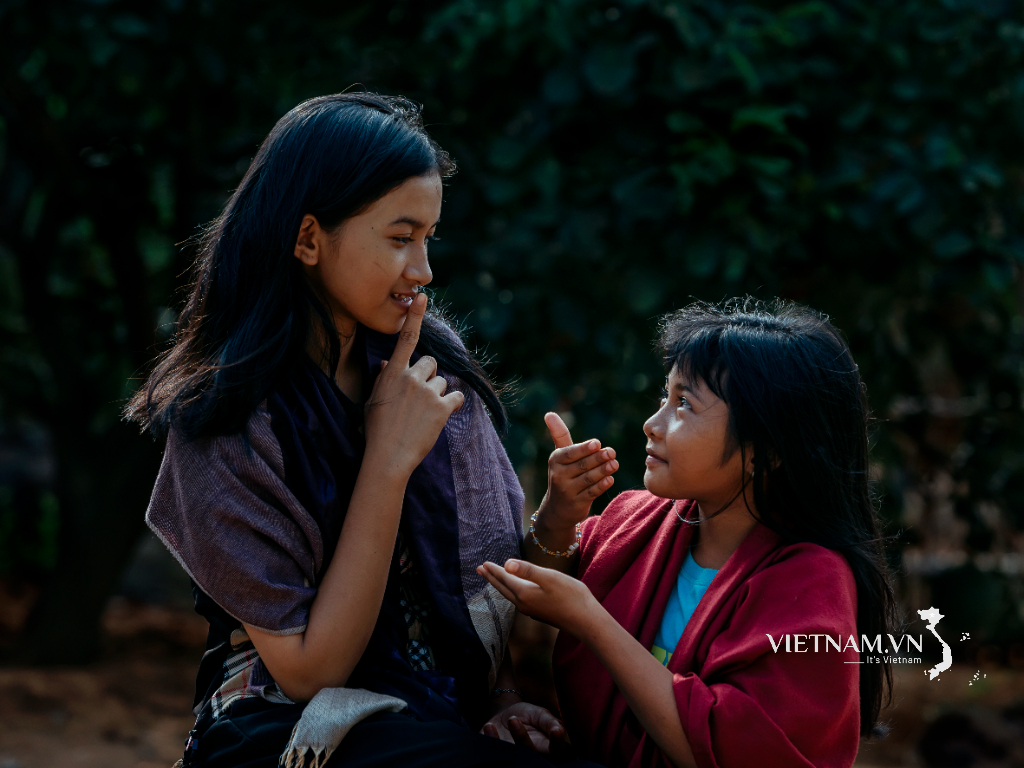





Comment (0)